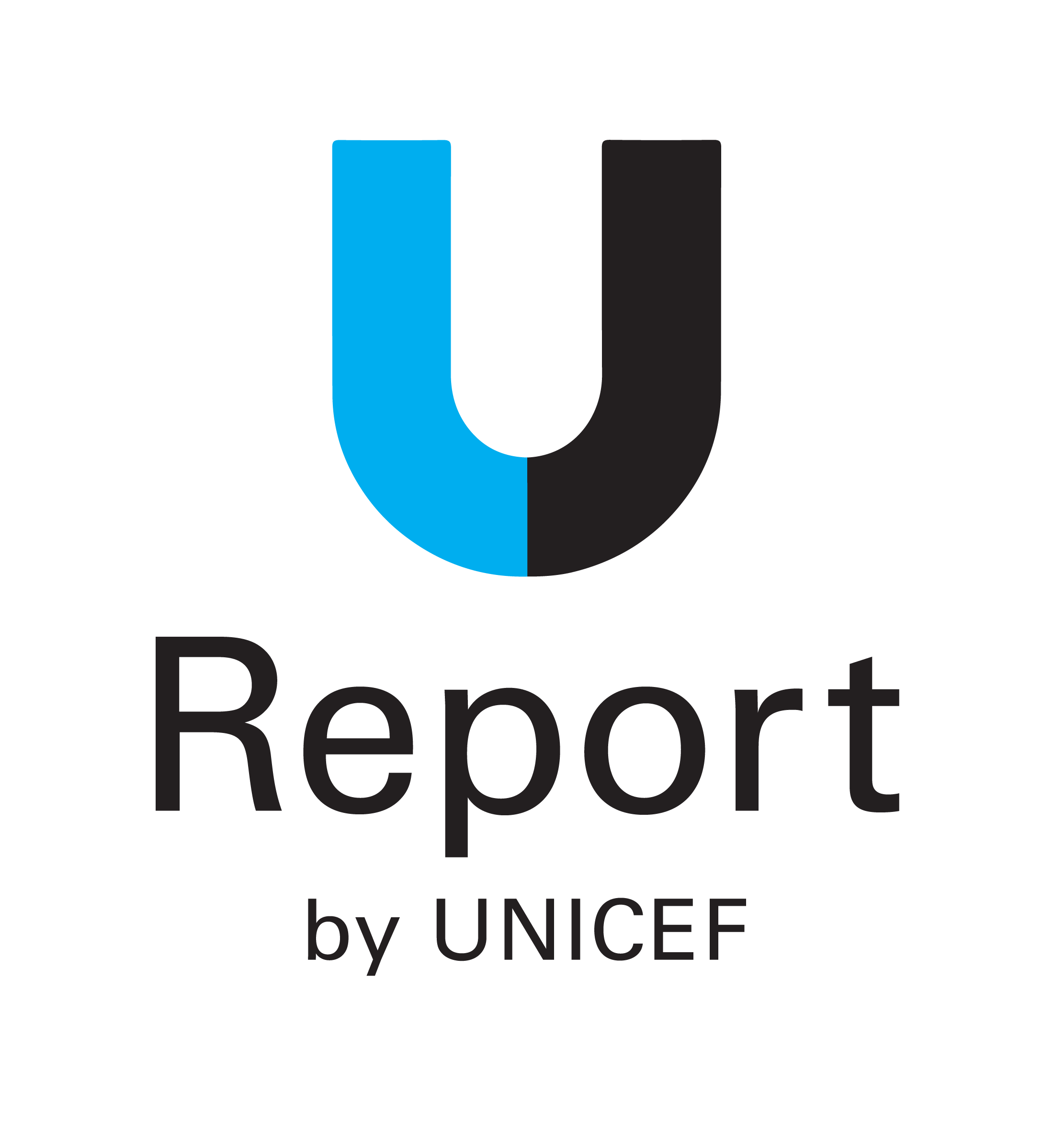
With the support of 234 scientists from over 66 countries, the 6th Assessment Report by the Intergovernmental Panel on Climate Change (IPCC) was released in early August, and the UN Secretary-General António Guterres has suggested that we are living in a “code red for humanity.”
Although the pressing issue of climate change has been a hot topic for years, climate literacy and other education efforts have been largely inaccessible to the masses, and the main reason for this has been that the majority of climate research is solely published in English, including the most recent groundbreaking IPCC report. In fact, according to a report by the Organization of Ibero-American States, 95% of all work published in scientific journals is published in English, yet over 75% of the world’s population does not speak English at all.
As youth activists, we have experienced this all too well when explaining climate-related issues to our non-English speaking loved ones. There were few to no resources published in our relatives’ native tongues of Punjabi, Farsi, and Bulgarian.
This shared experience strengthened the need to lead Climate Cardinals, an organization that works to improve access to climate education across the globe. Climate Cardinals is a community of youth climate activists that work virtually in over 41 countries to translate environmental research into languages beyond English.
In fact, with the support of UNICEF, Climate Cardinals has facilitated the translation of the UNICEF Children’s Climate Risk Index (CCRI) Report Executive Summary into multiple Indigenous and African languages, providing accessibility to environmental information for marginalized communities that are most vulnerable to the effects of climate change.

It’s time to take the groundbreaking work of scientists and apply their recommendations in real life. Through bold, diverse youth leadership, youth activists serve as an integral component of the climate movement, ensuring a future with sustainable citizens and environmental leaders.
Many feel powerless to take action as they hold the misconception that climate change solutions rely only on groundbreaking research and scientific innovation. While these efforts are meaningful, there are a variety of more accessible avenues for every young individual to spearhead the climate movement.
Upholding the principle that no one is too small to make a change, climate education provides young individuals one of the most effective opportunities to tackle climate change from the comfort of their homes. We hope to lay the groundwork for young people to take charge of their own projects by leading regional chapters of Climate Cardinals in conducting on-the-ground community outreach and translating climate research into their local languages.
Through providing such involvement opportunities, organizations like Climate Cardinals both empower marginalized communities to make an impact and instill a changemaking mindset in youth communities, inspiring them to take action at the grassroots level.

Young people can further pursue activism by joining climate communities and spearheading social media campaigns. Youth leaders can volunteer to organize with grassroots organizations such as Fridays for Future and Extinction Rebellion to engage in meaningful discourse with other activists around the globe and propel forward their climate initiatives.
Furthermore, widespread social media campaigns such as “Zero Waste Week Challenge” and “Democracy 2020 Youth Film Challenge” on platforms such as Instagram and Twitter provide easy ways for youth to digest information and educate others on ongoing environmental issues.
This promotes conversation, awareness, and action between families, friends, elected officials, and organizations. In turn, the target audience goes on to be changemakers, kickstarting a chain reaction of growing activists.

Youth advocates also hold the power to impact legislation on the regional, national, and global levels. In April of this year, a high German court sided with nine youth climate strikers, ruling that the government must amend the 2019 Climate Change Act to specify more stringent climate goals for a carbon-neutral Germany.
Through participating in climate demonstrations and writing letters to their local politicians, youth can advance the development of climate policies and hold their leaders accountable. Young environmental leaders can further share their climate solutions and ideas with global leaders by attending international events such as the UN Youth Climate Summit, amplifying their own voices and instituting real change for the future.
In order to build on youth momentum and strengthen the UN’s commitment to listen to and meaningfully engage young people in its climate action agenda, the United Nations Secretary-General António Guterres announced the establishment of his Youth Advisory Group on Climate Change.
The group of seven young climate leaders – between the ages of 18 and 28 years old – advise him regularly on accelerating global action and ambition to tackle the worsening climate crisis and represent the diverse voices of young people from all regions. As the leaders of today and tomorrow, young people are at the center of the race to fight climate change. As the generation that will bear most of the brunt and consequences of climate change, we are mobilizing and showing our leadership and demanding urgent action against climate change.
This initiative marks a new effort by the United Nations under the auspices of the Youth Strategy: Youth 2030 to bring more young leaders into decision-making and planning processes as the UN works to mobilize climate action as part of the COVID-19 recovery efforts.
By giving young people a seat at the table when it comes to developing international climate strategy and policy, decision-makers will be able to accelerate climate action and green recovery by tapping into innovative, progressive solutions.
Young people have the power to offer perspectives and solutions on climate change, from science to community mobilization, from entrepreneurship to politics, and from industry to conservation.
By promoting intergenerational convergence and dialogue, leaders from around the world can work with youth to galvanize climate action before it is too late.
Rohan Arora, Sophia Kianni, and Kaleena Roeva are activists from Climate Cardinals, a youth-led, international nonprofit that aims to translate climate information into 100+ languages.






